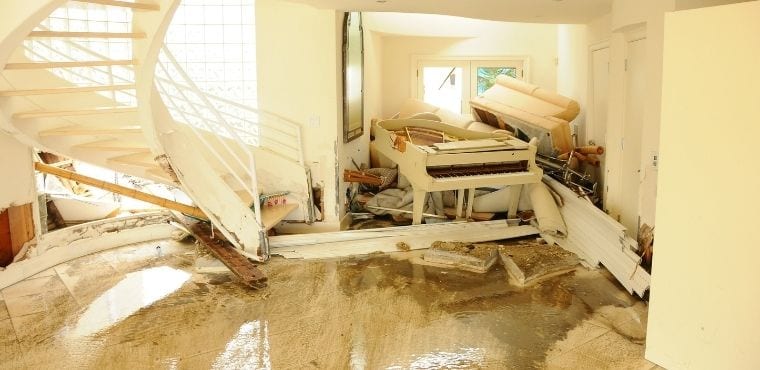A flood is a devastating experience that many homeowners must navigate before their residence is safe to reinhabit. Between the damage to the home and the risk of fungal growth, it’s easy to forget just how crucial the first 48 hours are for preserving your possessions. Here’s a look at how to salvage valuables after flooding to protect everything you’ve worked so hard for.
Prioritize
The first step in returning your items to their previous conditions is to prioritize the things you are attempting to preserve. Many items offer a limited window of opportunity for recovery after a flood. Focus on the documents, objects, and photos that cannot be easily replaced. Sentimental and heirloom items should also receive special consideration.
Air-Drying
After cutting off the source of the flood, you want to air-dry as many of your things as possible. If the weather allows for it, open your windows and spread items out to dry. Placing items in sunlight or running a hairdryer over them might cause more harm than good, so it’s best not to explore those options.
Documents
There are many places where water damage can strike your home, but it’s a safe bet that flooding will hit wherever you keep your essential documents and records. You can salvage many vital documents from flooding if you quickly remove them from sitting water. Remove staples and paper clips, spreading each page out and allowing them to dry. For documents where this isn’t possible, try to spread the pages and place absorbent papers between them.
Photos
Most photos taken today are backed up digitally, but many homes have older photographs in physical albums that aren’t backed up. The best way to recover pictures is to rinse them in clean water before placing them on a towel or hanging them with clothespins to air-dry. It’s vital that you keep the photos from touching any dry surfaces until the recovery process is complete.
Cold Storage
Dealing with the ramifications of flooding may not leave enough opportunity to save everything within the first 48 hours. A tip for how to salvage valuables after flooding is to place items that are lower on the priority list into cold storage. This allows you to begin restoration efforts on your own time. Cold storage prevents mold from growing and can stop the ink from running off the page. After the urgent items are handled, you can then double back to what was placed in cold storage.






